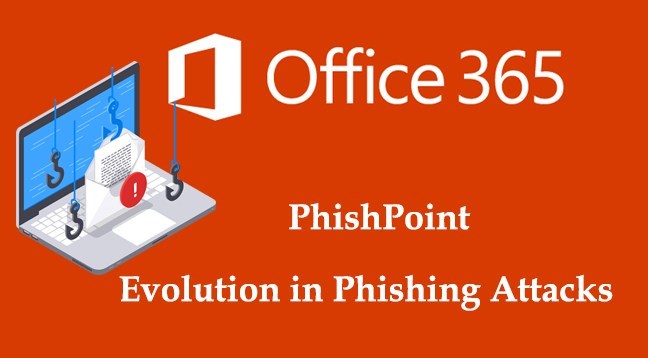A new phishing technique dubbed PhishPoint affected about 10% of Office 365 users. With the new technique, attackers used SharePoint files to host phishing links.
Office 365 scans for the link in the Email bodies for blacklist and suspicious domains, in this case, the link enclosed, is to a SharePoint document.
Avanan Cloud Security detected the phishing campaign is active for past two weeks and exploiting the flaw in Office 365 “where their security focuses on email but neglects other Office 365 services.”
PhishPoint Attack Flow
Attackers use to send an Email that contains a hyperlink pointed to a SharePoint document and the body of the email contains the fake SharePoint invitation to collaborate.

When the user clicks on the hyperlink embedded in the email, it automatically opens the SharePoint file in the victim’s browser and the file contents mimic as an access request to OneDrive file.
The page contains “Access Document” with the hyperlink added to the malicious URL, when the user clicks on the link it takes to the spoofed Office 365 login page and when the user attempts to log in the credentials will be harvested by attackers.

As the malicious link embedded inside of the SharePoint document, Office 365 didn’t identify it as the threat. “In order to identify this threat, Microsoft would have to scan links within shared documents for phishing URLs,”Avanan said.
How to stay safe
1. Have a unique Email address.
2. Do not open any attachments without proper validation.
3. Don’t open emails voluntary emails.
4. Use Spam filters & Antispam gateways.
5. Never respond to any spam emails.
Also Read
Trickbot Malware Re-emerging via MS Word Documents with Powerful Code-Injection Technique








